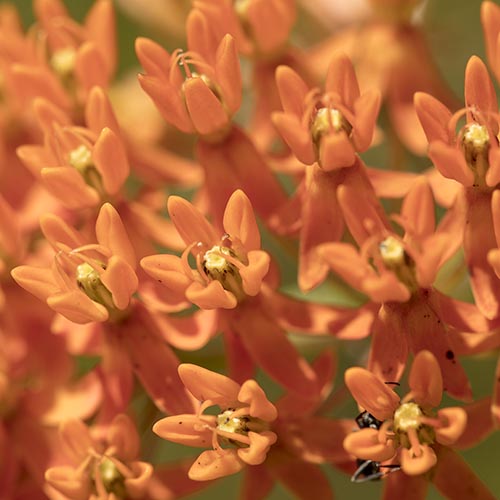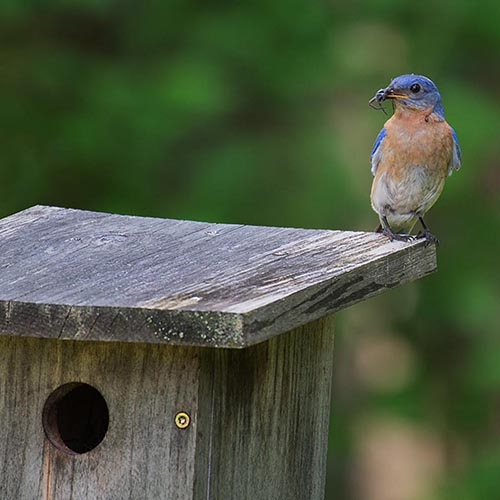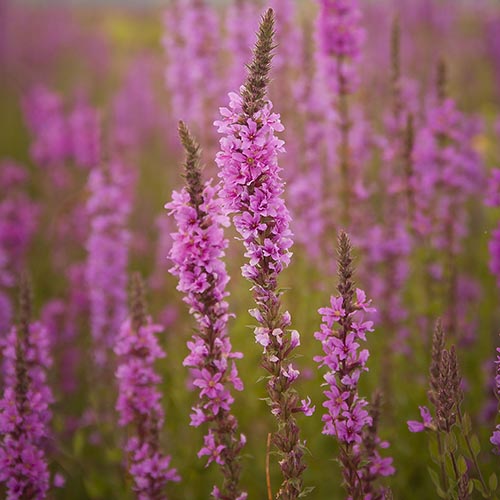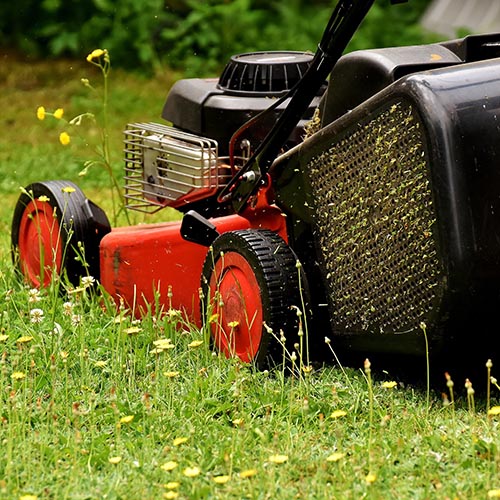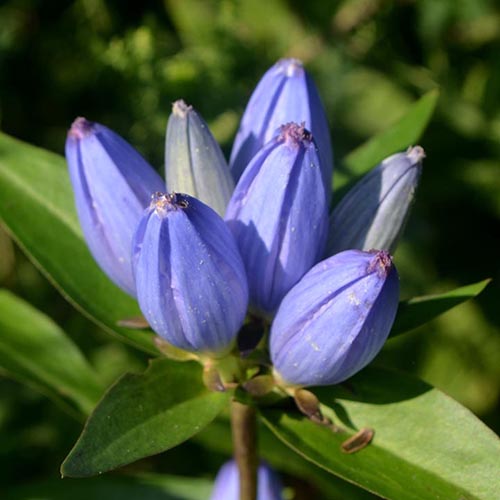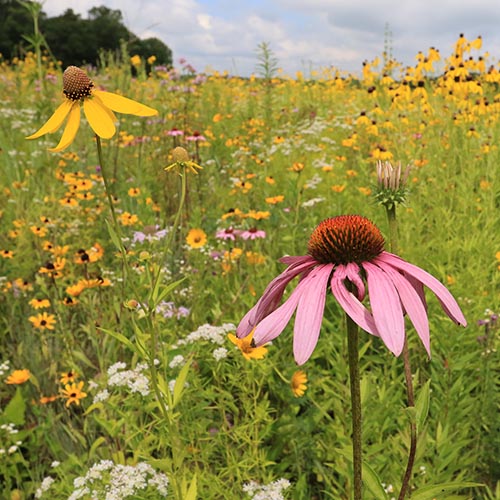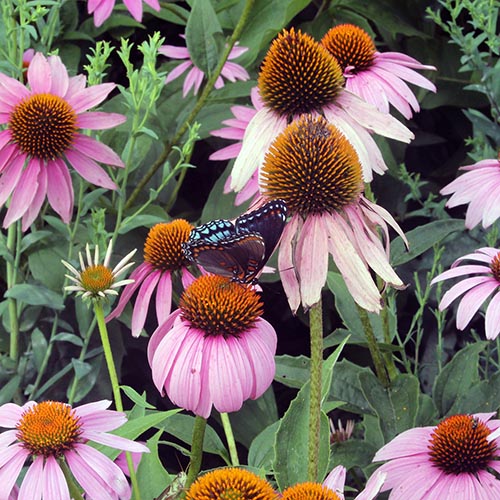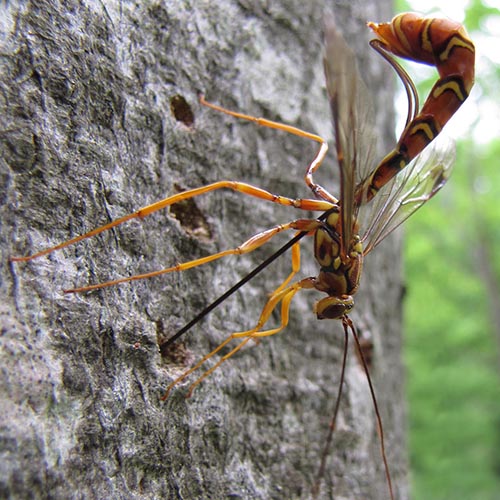Gardening with Sedges - Mt. Cuba Center Carex Trial

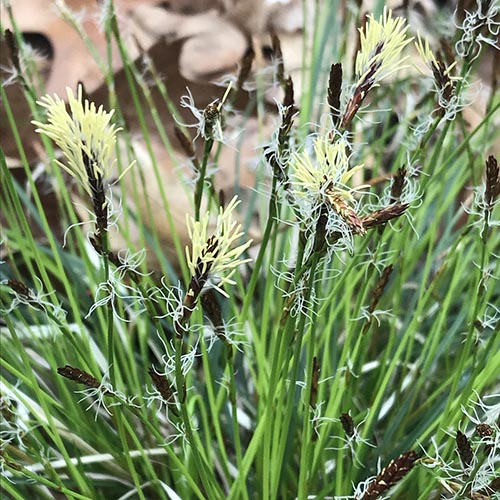
Did you know there is a group of native plants which can be highly adaptable, can serve multiple functions in our gardens, and perhaps even be a backbone component to our home landscapes, but which has historically been overlooked for those purposes? This group of native plants is the sedges, or more specifically, members of the genus Carex.
In this episode of the Backyard Ecology podcast, we talk with Sam Hoadley about sedges and their use in the home garden and landscape. Sam is the Manager of Horticultural Research at Mt. Cuba Center in Delaware.
Recently, Mt. Cuba Center released their Carex trial report. This report evaluated 70 species and cultivars of Carex over 4 years for garden and landscape use in the Mid-Atlantic Region. During our conversation, Sam and I talk about how Mt. Cuba Center’s trials are conducted, the importance of sedges / Carex species, how they can be used in the garden or home landscape, and many other topics.
Sedges may not produce the colorful, flashy flowers that we often think about and are drawn to when we are picking native plants to use in our home landscapes or pollinator and wildlife gardens, but they are definitely worth considering. Not only do they have their own innate beauty, but they can also serve so many different functions in the garden and landscape – including filling in so called “problem areas” or serving as a potential lawn alternative.
We have lots of exciting opportunities planned with Backyard Ecology over the next several months. If you want to keep up with everything going on in the Backyard Ecology world, then please subscribe to our emails. You can do so at www.backyardecology.net/subscribe.
And when you sign up for our emails, you’ll be sent a link to download a free, e-book that explains why our familiar garden zones, aren’t important when it comes to gardening with native plants. That’s just our way of saying thank you for your interest in Backyard Ecology.
Episode Resources:
Sam’s email: shoadley@mtcubacenter.org
Carex Trial Report: https://mtcubacenter.org/trials/carex-for-the-mid-atlantic-region/
Past Trial Reports: https://mtcubacenter.org/research/trial-garden/
Mt. Cuba Center webpage: https://mtcubacenter.org/
Mt. Cuba Center Facebook page: https://www.facebook.com/MtCubaCenter/
Backyard Ecology Links:
Website: https://backyardecology.net
YouTube Channel: https://www.youtube.com/backyardecology
Blog: https://www.backyardecology.net/blog/
Patreon page: https://www.patreon.com/backyardecology
Make a one-time donation: https://www.paypal.com/biz/fund?id=K7F3HJLJT9F8N
Subscribe to Backyard Ecology emails: https://www.backyardecology.net/subscribe/
Episode image:
Pennsylvania sedge (Carex pensylvanica)
Photo credit: Brian Hunt, cc-by
